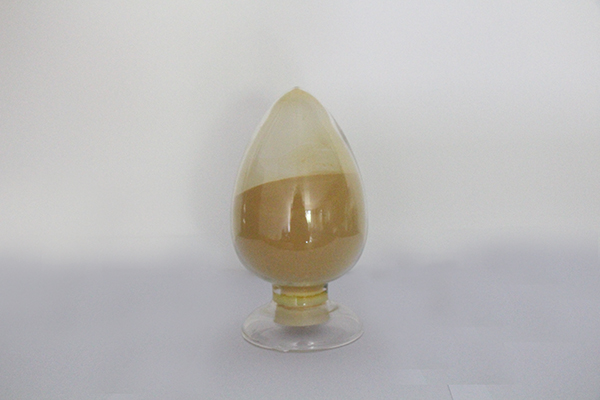Decolorization by ferrous sulfate reduction
It is often used for reductive decolorization in dyeing and washing wastewater. The reason is that ferrous sulfate can produce ferric hydroxide under slightly alkaline conditions, which has strong selective reduction effect on oxidizing wastewater. Reactive dye molecules are split into colorless small molecules by reducing bond breaking process. Therefore, ferrous sulfate is often added as decolorizing reducing agent for reactive dye wastewater and sulfide dye wastewater, and almost no color can be obtained The color of the solution.

Coagulation decolorization of PFS
In the same way, PFS has a good effect on the decolorization of sulfide and disperse dye wastewater. Its decolorization principle is different from ferrous sulfate. The most important thing is that polymeric ferric sulfate is not a reducing agent or an oxidant, and it is not a reduction oxidation decolorization treatment. Instead, the acid groups in dye wastewater were treated by selective adsorption and precipitation with iron hydroxide and polynuclear complex. The decolorization effect can reach 94-98%.
In general, the existence of COD is often accompanied by the existence of wastewater chroma. The application principle of ferrous sulfate and polyferric sulfate in wastewater decolorization can be found that ferrous sulfate decolorization is to decompose large colored molecules into small molecules, and the treatment effect of COD is not good. The removal rate of COD by PFS is more than 80% except for chromaticity. PFS is a high polymer coagulant made from ferrous sulfate, so the removal effect of other heavy metals and pollutants in wastewater is better.